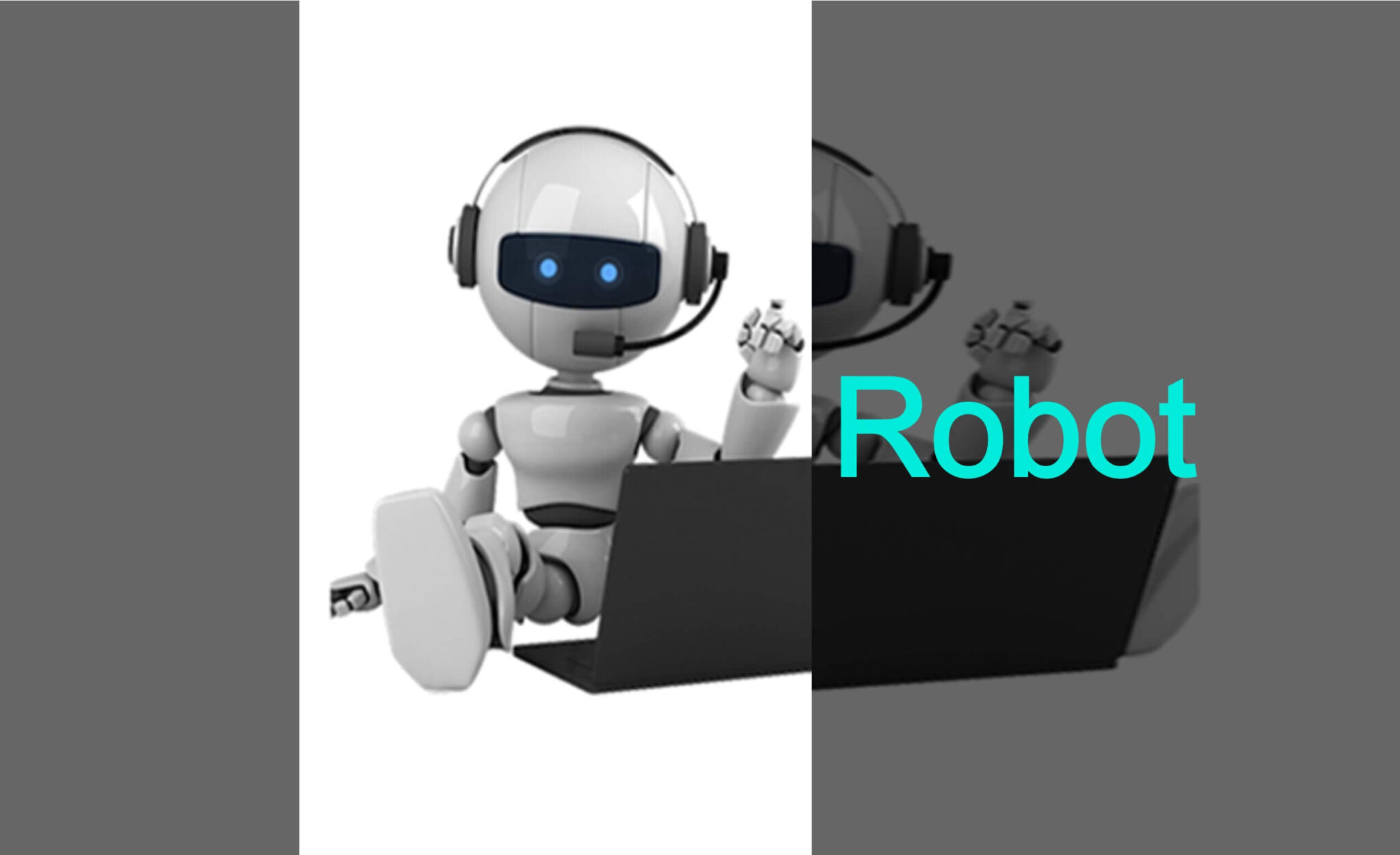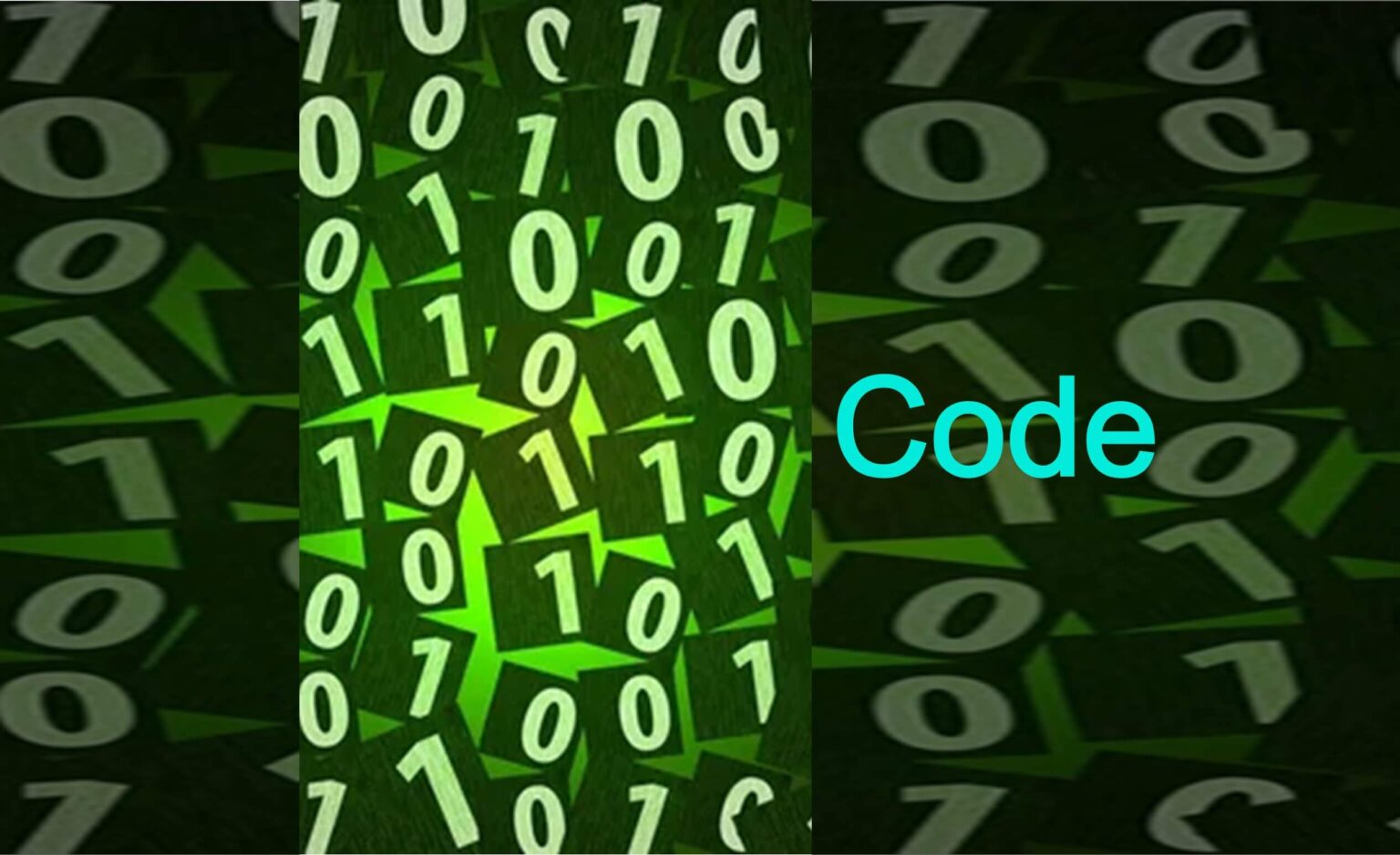What is ChatGPT?

ChatGPT is a chat robot launched by OpenAI on November 30. It can imitate human-like conversations according to user prompts. You can see it as a chat robot, which can simulate conversations, answer all your questions, chat with you, write scripts, write code, and chat and communicate like a real human.
What are the functions of ChatGPT?

ChatGPT is popular throughout the network, but many people don’t know what ChatGPT can be used for. ChatGPT can not only chat, write code, and fix bugs, but also help you write weekly work reports, write novels, answer exams, paint, see doctors, and even trick it into planning how to destroy humans. Many people believe that ChatGPT is not only a chat robot but also a subverter of existing search engines.
What are the highlights of ChatGPT?

New code understanding and generation ability, high understanding and tolerance of input, and can provide professional answers in most areas of knowledge.
Add ethical principles. That is, ChatGPT can identify malicious information and refuse to give an effective response after identification.
Support continuous dialogue. ChatGPT has memory ability and improves the interactive experience of the model.
ChatGPT Introduction
ChatGPT is a large pre-training language model developed by OpenAI. It is a variant of the GPT-3 model. After training, GPT-3 can generate human-like text responses in conversations. ChatGPT is designed to be used as a chat robot. We can fine-tune it to complete various tasks, such as answering questions, providing information, or participating in a dialogue. Unlike many chat robots that use predefined responses or rules to generate text, ChatGPT has been trained to generate responses based on the received input, thus generating more natural and diverse responses.
What is the algorithm behind ChatGPT?

The algorithm behind ChatGPT is based on the Transformer architecture, which is a deep neural network that uses a self-attention mechanism to process input data. Transformer architecture is widely used in natural language processing tasks such as language translation, text summarization, question answering, etc. Taking ChatGPT as an example, the model is trained on a large number of text conversation data sets and uses a self-attention mechanism to learn the pattern and structure of a human-like conversation. This enables it to generate responses that are appropriate and relevant to the input it receives.
For the creators of these AI tools, the next step is to consider large-scale commercialization. The process from GPT to GPT 3 is quite costly – the number of parameters has increased from 117 million to 175 billion, and the number of pre-training data has increased from 5GB to 45TB. The cost of GPT 3 training is 4.6 million dollars, and the total training cost is 12 million dollars. The high investment makes B-end liquidation more feasible.
ChatGPT is not limited to ordinary chat but also can solve specific problems, such as assisting with code writing. Some users expressed their willingness to pay for ChatGPT on social media. After the commercialization of the AI painting applet “Inception” on October 1, many users have paid for it. The person in charge of the product said that at present, the retention rate on the next day is about 40%, and the retention rate on the seventh day is close to 30%. In addition, the copyright problem is a barrier that generative AI cannot avoid. Most copyright owners of original works will mind AI extracting some elements of their own works.
Finally, if chatGPT is open to use, what will you do with it?






